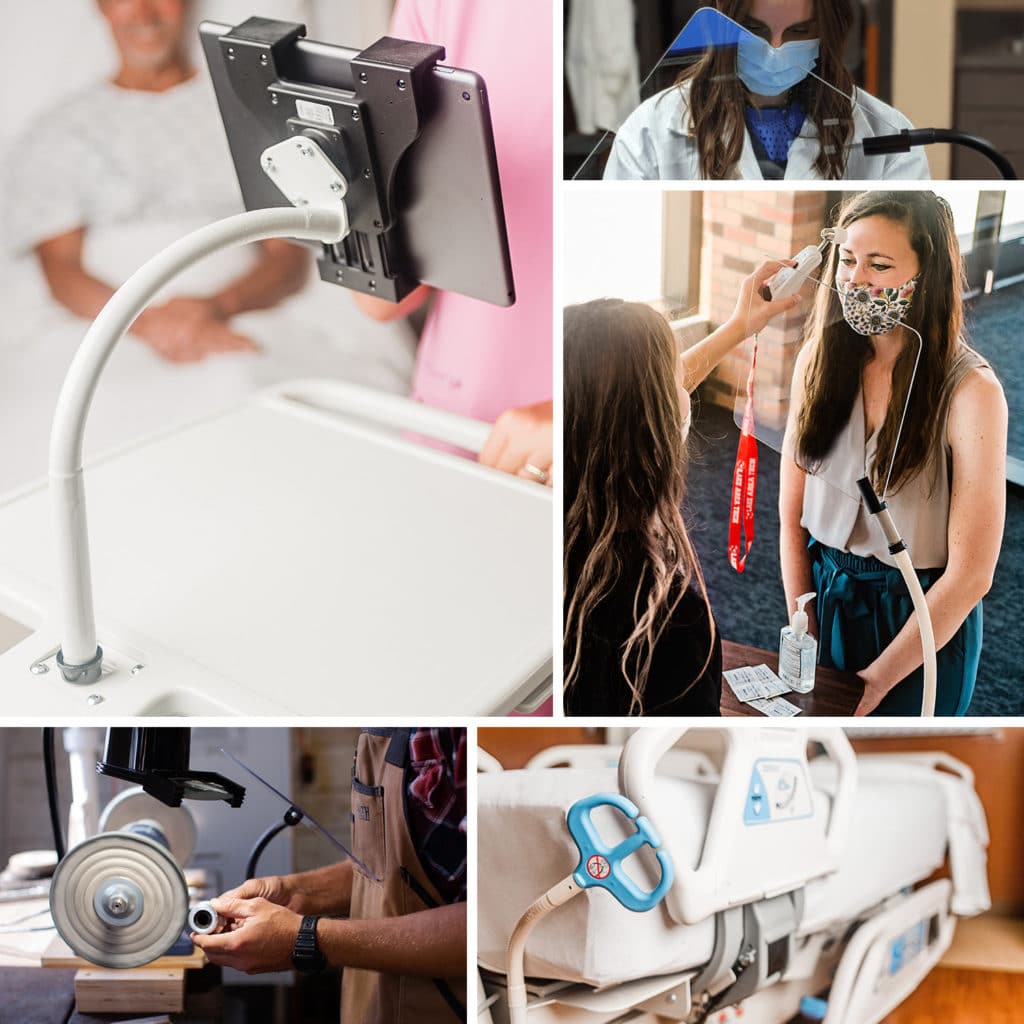How do we know if our flex arm is strong enough for your device?

Share:
We love flex arms. They have a wide variety of applications across a ton of different industries. From medical to tactical, flex arms can often be a great solution when you need precise adjustments for your device. In the past few years, we’ve seen the flex arm industry grow and grow as more folks become acquainted with how they can integrate a flex arm component into their device.
That said, like any other piece of equipment, flex arms have limitations as well. It’s not always a cure-all. While we can’t speak for anyone else’s flex arms, we can speak with authority on what the ideal situation for our flex arms can be. Here’s how you can know if our flex arm is strong enough for your device.
We match our flex arm to the strength needed for your device
First, let’s talk about the basics. The design of a flex arm is pretty simple (it’s not a new technology), it consists of a spring wire with a second shaped wire wrapped around it. The spring wire provides strength and load-bearing resistance. The outer wire resists that spring force and causes the arm to hold its shape. Together, they create a strong and supple arm that can hold its shape after many, many adjustments.
One reason we’ve found that a flex arm works so well with medical devices is that the 3-pound weight limit is more than enough for most of the payloads that we see with those products. It’s great for cameras, lights, and safety shields.

How we keep flex arms durable over the lifetime of your device
A flex arm only works if it’s able to retain the strength it has at the beginning for the entirety of your device’s life cycle. One of our biggest ways to make sure that your flex arm stays durable is through the application of covering.
We keep our arms sealed with a durable outer covering. While painting and plating finishes look nice, but they’re not always right for two big reasons.
- They’re harder to clean
- They can allow oils to penetrate in between the wires of the flex arm, weakening the arm over time.
Our covering materials are designed and used specifically to keep those wires dry so that our flex arms can remain durable, consistent, and hold up to the original specs that we listed in the first section.
My device needs more than the 3-pound flex arm limit. Is there anything you can do?
That’s a great question. The answer is a qualified yes. We relish the challenges that device manufacturers put in front of us — we ask that you give us a discovery call. Here’s how that goes.
- Book a discovery call: We listen to your ideas and needs for your device, then work on a plan for how we can help. We want to hear about your end-user, the device, and anything else that might help us come up with a solution.
- Receive prototypes: We’ll send you flex arm options for your device that you can test out in person. In our experience, it’s always easier when you have something in your hands. For us it’s an absolutely vital part of the problem-solving process. You’ll be able to tell right away if a flex arm will work or not.
- Work together: We’re available to you at every step of the process to answer questions and help problem-solve for your device — from prototyping to production.
Do you have more questions? Give us a call!
_____________________
Are you working on a flex arm design? We are here for a no-pressure phone call. We’d love to hear more about what you are working on and give you ideas and prototypes to improve your decision-making process. Give us a call; we promise it will be worth your while.
